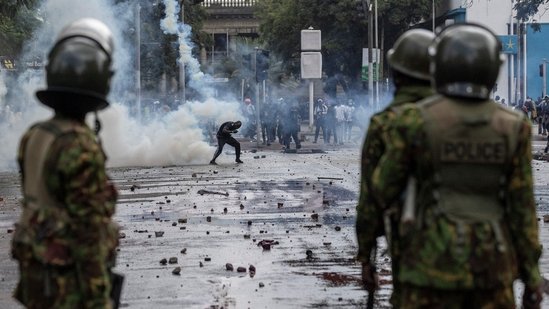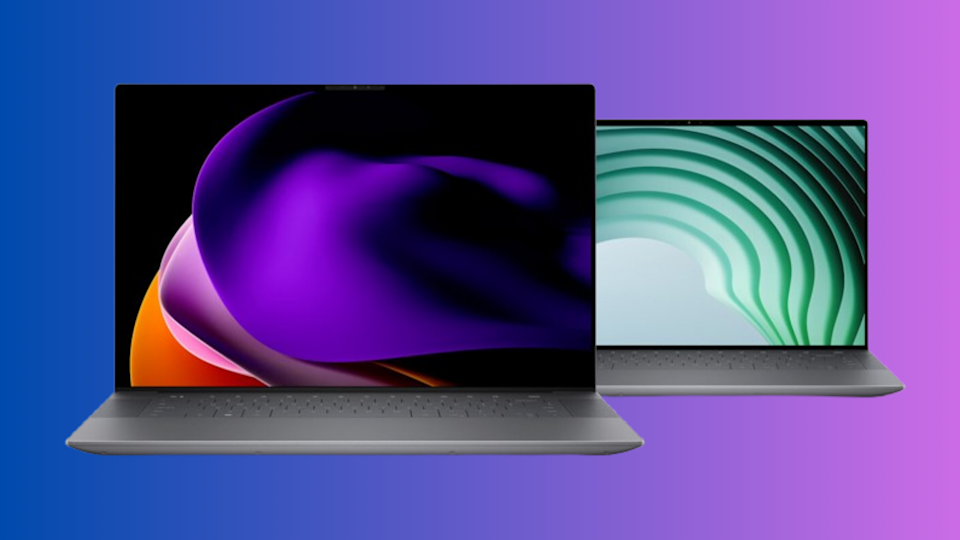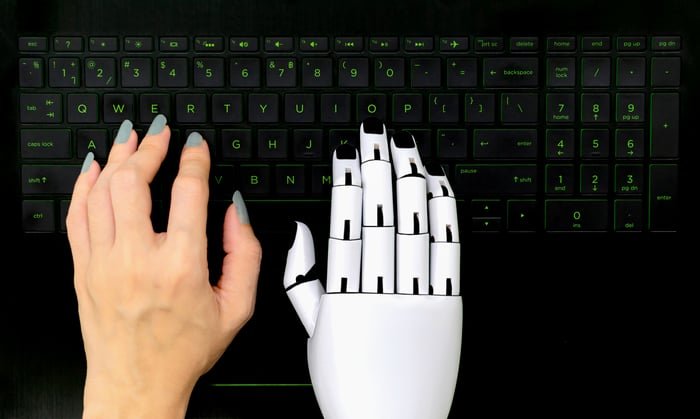Here’s what you’ll learn when you read this story:
- The first mice to be created from two fathers, a phenomenon known as androgenesis, have now produced healthy offspring for the first time.
- Researchers implanted two sperm in an egg with its nucleus removed and modified the sperm with epigenome editing, turning certain genes on and off.
- This process carries a high risk, but it could be used for human reproduction and saving endangered species in the future.
Millions of years of evolution have determined how mammals reproduce, but if something doesn’t occur in nature, it is not necessarily impossible. It could still be achieved in a lab.
Mammalian reproduction usually needs one sperm and one oocyte (egg) to create a zygote that develops in the womb until it becomes a new organism. Embryogenesis and fetal development in mice and humans are similar, which is why mice are often used as prototypes for human experiments. Also like humans, mice, at least on their own, cannot create a viable zygote out of two eggs or two sperm. That is where genetic intervention comes in.
Earlier this year, researcher Yanchang Wei at Shanghai Jiao Tong University in China succeeded at creating mouse embryos from two sperm cells that were implanted into an egg after its nucleus had been removed. Giving the embryo a chance at survival meant making alterations to seven sites in the sperm DNA. The embryos grew inside surrogate mothers, but only two of over two hundred made it to adulthood. Those two mice have now reproduced successfully, showing that it is possible for at least one kind of mammal with two biological fathers to have healthy offspring of its own.
“Mammals are diploid creatures,” Wei said in a study recently published in PNAS. “Every cell in their body contains two sets of chromosomes, one from the mother and one from the father. Mouse embryos with only paternal genomes can not develop to term, even being diploid (with two sets of chromosomes).”
Behind what appears to be a miracle is a method known as epigenome editing. Because the epigenome is made up of chemical compounds that give the genome directions by modifying it, the process involves editing proteins, DNA and RNA at specific locations in the genome. There is no actual change to the genome made in epigenome editing, just a shift in which genes receive chemical signals to activate or inactivate them. There are some genes in sperm and eggs that are automatically switched on or off. Wei and his team used modified CRISPR proteins to turn on genes in the sperm cells that eggs would have normally had turned on.
Androgenesis is rare among animals. While its does occur among some species of invertebrates, amphibians and fish. This phenomenon can happen when females produce eggs without a nucleus, which are then fertilized by males. The embryos will only inherit the genes of their father. In another type of androgenesis, both a sperm and egg form a zygote, but the genome of the female is eliminated. Males essentially use the eggs to clone themselves. It is thought that (with the exception of hermaphroditic organisms such as clams) androgenesis did not evolve much because the population would be dominated by male genes to the point of extinction.
Creating mice from two mothers is easier in comparison. Known as parthenogenesis or “virgin birth,” this phenomenon has been seen in reptiles, amphibians, insects, fish and even California condors. In 2004, a Japanese research team succeeded in genetically modifying and birthing the first fertile parthenogenic mouse, Kaguya.
Whether genetically modified androgenesis or parthenogenesis will succeed in humans remains to be seen. The high risk is currently prohibitive. In the future, it might be a viable option, and could also be used to save critically endangered species which may only have a few individuals of one sex remaining. Never say “impossible.”
Elizabeth Rayne is a creature who writes. Her work has appeared in Popular Mechanics, Ars Technica, SYFY WIRE, Space.com, Live Science, Den of Geek, Forbidden Futures and Collective Tales. She lurks right outside New York City with her parrot, Lestat. When not writing, she can be found drawing, playing the piano or shapeshifting.








